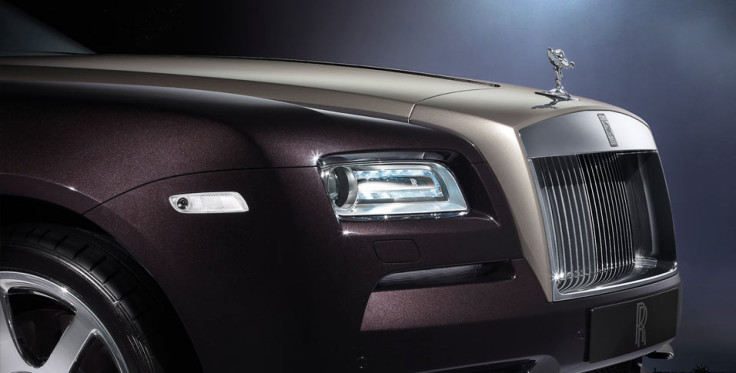Rolls Royce, Nissan Gear Up To Launch New Models Even As Car Sales Drop In India

Undeterred by the failing fortunes of India's automobile industry, which has seen a prolonged drop in sales, industry giants Rolls-Royce (OTCMKTS:RYCEY) and Nissan (OTCMKTS:NSANY), are set to launch two new models in the country over the next few days.
Rolls-Royce, on Monday, launched its luxury four-seater “Wraith” in the capital, New Delhi, while Japanese automaker Nissan is all set to launch its Terrano, a sports utility vehicle, or SUV, on Aug. 20.
British carmaker Rolls-Royce announced the Wraith, which was first showcased at the 2013 Geneva Motor Show in March, through a message on its Facebook page on Aug. 17, and revealed the base price of the car to be more than 40 million Indian rupees (about $637,000).
Nissan is launching the Terrano with the hopes that it would play a key role in boosting sales within the Indian market. “Terrano has a bold and distinctive design that I am confident will appeal to our growing customer base in India,” Kenichiro Yomura, president and CEO of Nissan Motor India Pvt. Ltd, said in press release, in June.
But, this might prove to be a difficult task as the automobile sector in India, which was, at one point, accelerating along with the country's near-double-digit growth, has hit a few potholes after India's growth slowed to pre-boom rates. In July, sales of cars slid for a record ninth month in a row as consumer sentiment was hit by increasing fuel prices and the rising cost of automobile financing.
Nissan's Terrano will follow the hugely popular "Duster" SUV -- an offering from its partner Renault -- and is expected to be priced at about 50,000 rupees more than the Duster, which has a base price of about 934,000 rupees (about $14,900).
According to a market report released by the Society of Indian Automobile Manufacturers, or SIAM, sales of all passenger vehicles declined in July 2013 over the same period last year. And, the fuel-intensive SUV segment, which had beaten the overall market trend in the past, recorded a drop of 17.5 percent to 37,010 vehicles.
According to Vishnu Mathur, director general of SIAM, this is the first fall in nearly two years in the SUV segment. What caused the drop, Mathur said, was an increase in the factory tax rate in March by three percentage points to 30 percent. This, he said, forced many carmakers to increase the price of their vehicles, leading to a fall in demand.
“If we combine the excise duty and all other taxes levied on cars at the time of purchase, it amounts to 50 percent of the price one has to pay for the vehicle,” Mathur told International Business Times, and added that this was a prohibitive burden for the Indian consumer and that the government should re-consider the increase.
The passenger vehicle segment can be given a boost if the Indian government, which is an important customer base for the automobile industry in the country, resumes the purchase of luxury cars, which was stopped as part of its austerity measures, Mathur said.
© Copyright IBTimes 2024. All rights reserved.











